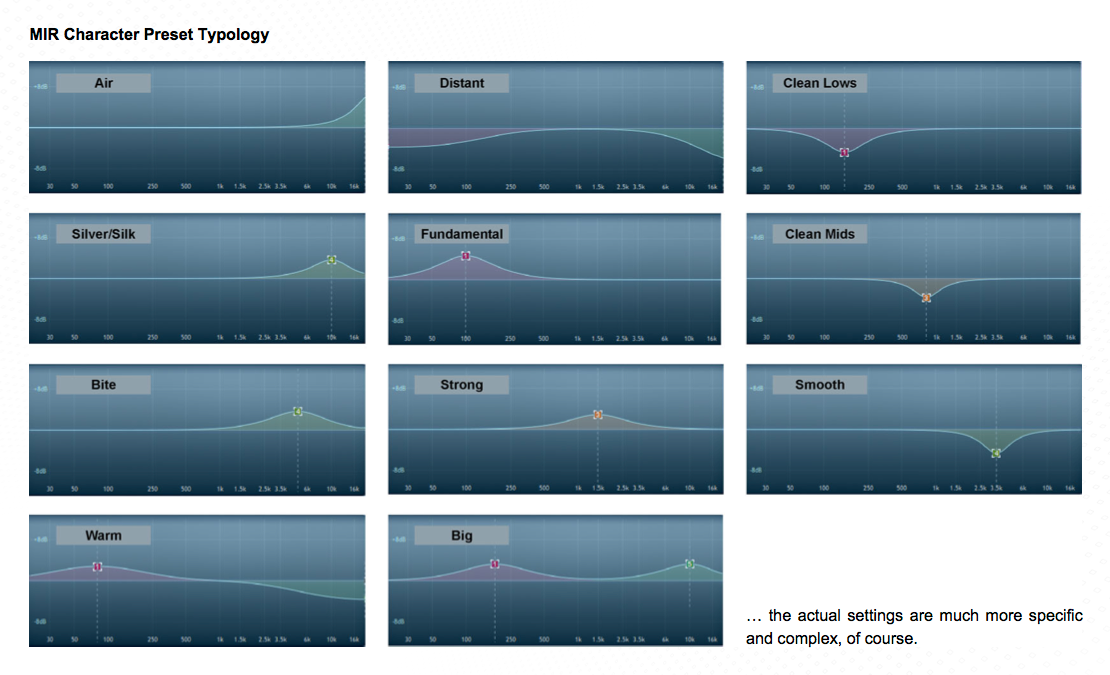Hi Sam,
thanks a lot for your enthusiastic message! Highly appreciated. 😊
Re. 1) - Personally I would always use one of MIR Pro's Studio Venues for the hybrid reverb approach you seem to have in mind.*) Most of the studios and scorings stages were captured with a comprehensive approach all over the room, rather than a "stage only" setup. Like that, you have much more freedom to move your sources to almost every position you could aim for - e.g. also to the very left and right for extreme width, or even behind the Main Microphone's position (... the latter to be used with caution, though).
The following MIR Pro Venues offer the aforementioned "blanket coverage":
- Funkhaus Wien - ORF Studio 2 (RoomPack 2)
- Funkhaus Wien - ORF Studio 3 (RoomPack 2)
- Teldex Studio Berlin (RoomPack 2)
- Tonstudio Weiler (RoomPack 2)
- The Sage Gateshead - Northern Rock Foundation Hall (RoomPack 4)
- and of course Synchron Stage Vienna. (RoomPack 6)
That said, I dare to doubt the unconditional necessity for a "hybrid" approach. 😊 More often than not, the careful shaping of the Main Microphone's virtual capsules and (at least equally important) the use and shaping of the Secondary Mircophone make algorithmic "sweetening" of MIR Pro's reverb superfluous.
... which leads us directly to the answer of your second question:
Re. 2) You're absolutely right that some understanding of the basic techniques used for orchestral recordings makes the usage of MIR Pro easier. But trying to answer a topic like that thoroughly is beyond the scope of a forum message. Maybe a fellow forum member has links to some meaningful resources to share ...?
An old-school way to grasp the basics of recording is this old but tried-and-tested book:
-> http://www.stereosoundbook.com/index.html
... this is nothing for a 15-minutes break, though. ;-D
Kind regards,
/Dietz
*) BTW: You _do_ know that MIR Pro comes with "MIRacle", a dedicated algorithmic reverb add-on with exactly this task in mind ...? ;-)
/Dietz - Vienna Symphonic Library
